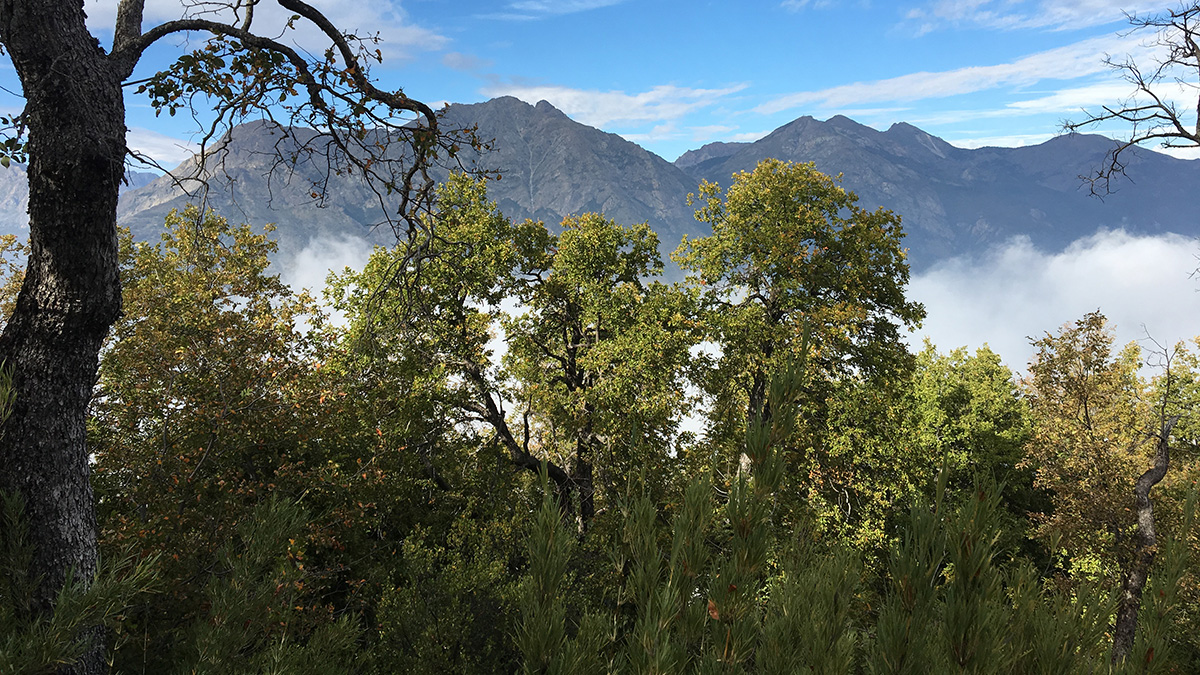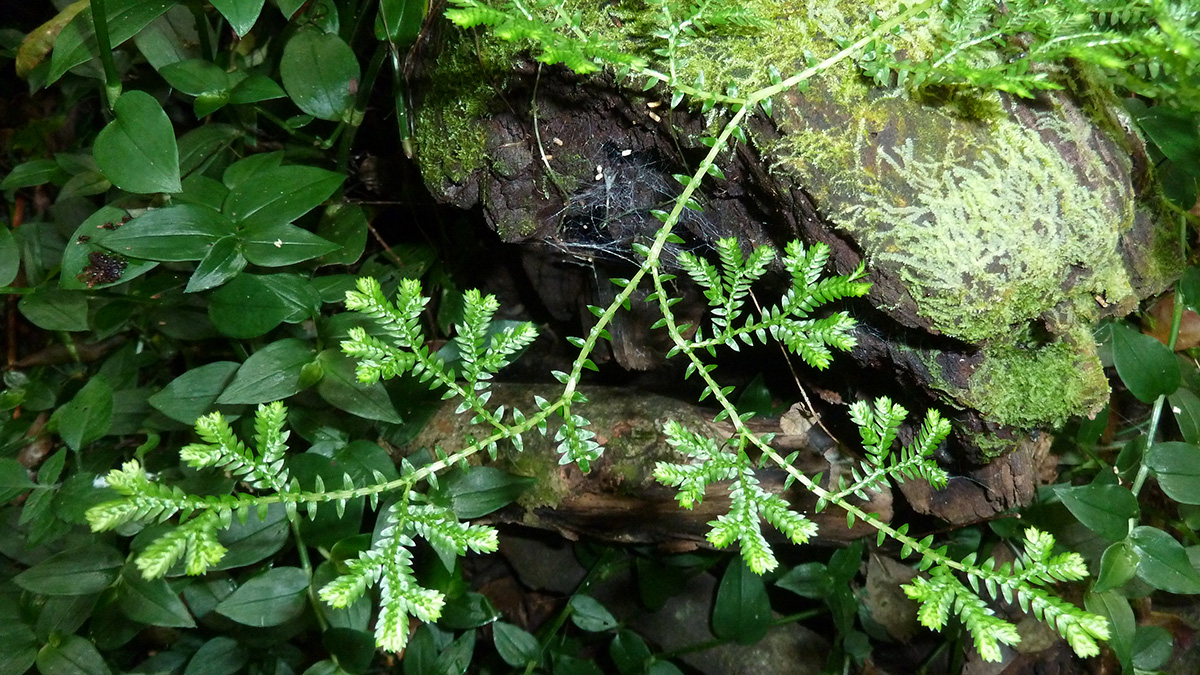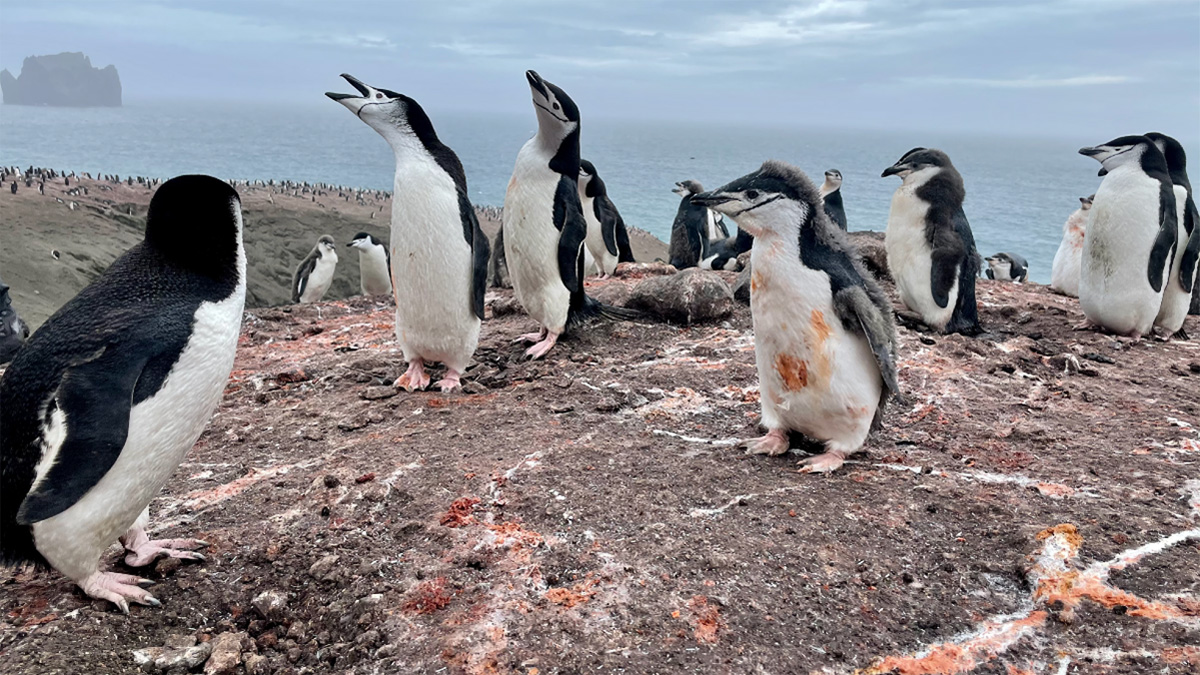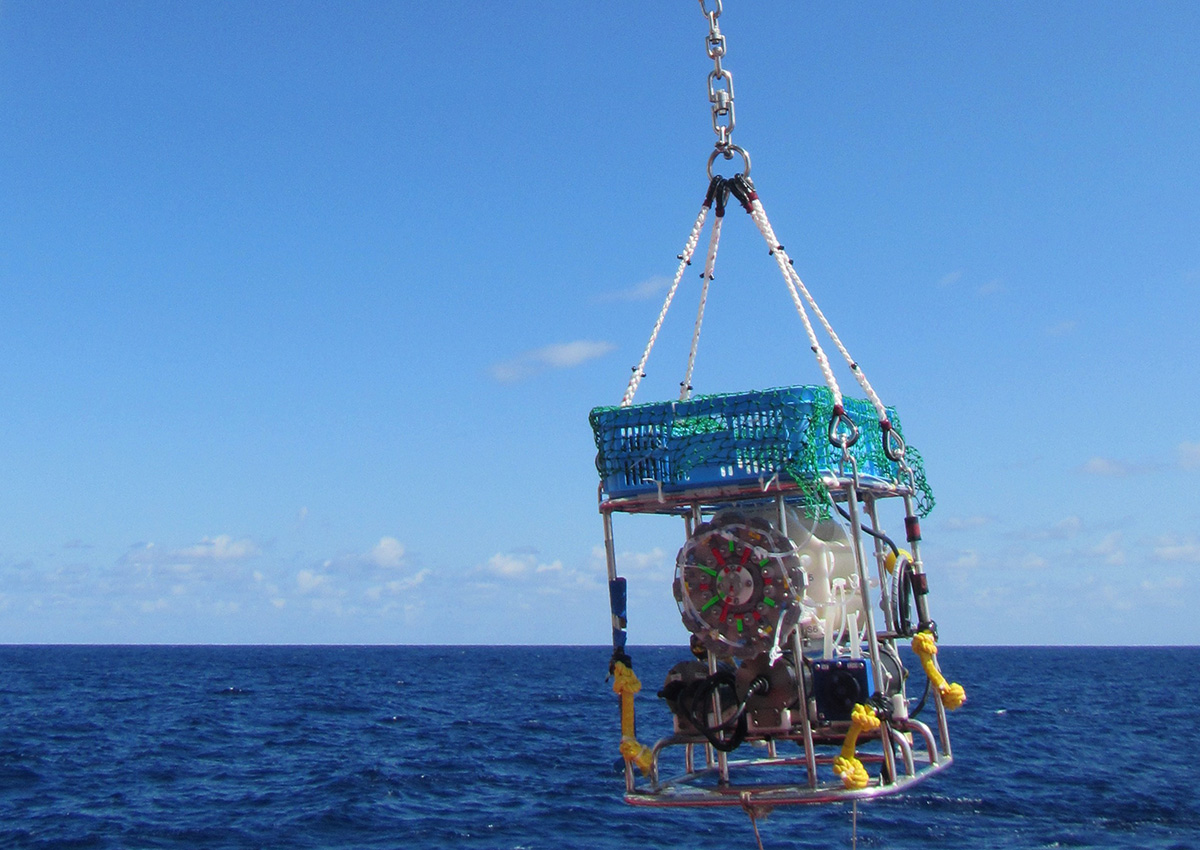Some southern beeches in the Andes have plumbed deeper for moisture as the surface has dried up. But doing so may deplete resources and undermine the trees’ future health.
biogeosciences
Plants Leave Chemical Fingerprints on an Ozone-Depleting Gas
A first-of-its-kind study suggests that isotope analysis could be used to pinpoint sources and sinks of atmospheric methyl chloride.
Penguin Poop May Flush Iron into the Southern Ocean
Nutrients from the seabirds’ guano fuels the growth of carbon-storing phytoplankton, but penguin populations have plunged in the past 4 decades.
A Symbiosis Between Agriculture and Solar Power
A growing population requires more food and energy, which compete for limited space…unless they don’t.
Applying Algal Geometry to Past and Future Environments
Math can be fun when reconstructing the ocean’s past and forecasting the future with algal geometry.
Harpy Eagles Concentrate Precious Nutrients in the Amazon
Amazon soils are usually low in the nutrients that plants covet, but harpy eagles can create local hot spots with their poop and prey.
La presión del océano profundo tiene un aplastante impacto en el ciclo del carbono
La presión extrema que existe en el mar profundo reduce el apetito de los microorganismos por carbono orgánico. Este hallazgo podría tener implicaciones importantes en la geoingeniería y el balance de carbono global.
Greening of Loess Plateau Increases Water Yield
Vegetation restoration over the Chinese Loess Plateau can enhance atmospheric moisture convergence, increasing the precipitation enough to compensate for the vegetation water consumption.
Carbon In, Carbon Out: Balancing the Ocean’s Books
Scientists have developed a consensus guide of standard protocols for how best to measure oceanic primary productivity, a key component in Earth’s carbon cycle.
Gardens Are Good for the Neighborhood
A new study highlights the benefits of urban gardens for their human caretakers and local ecosystems.










